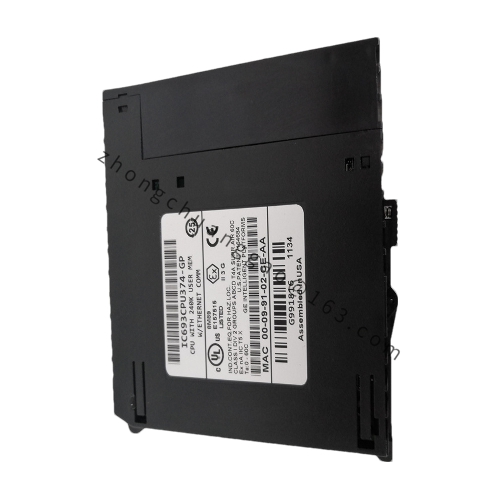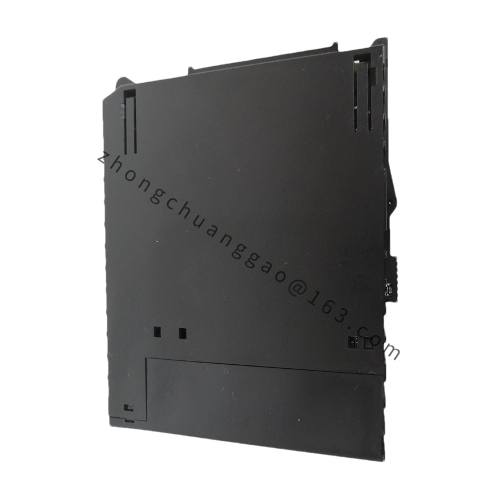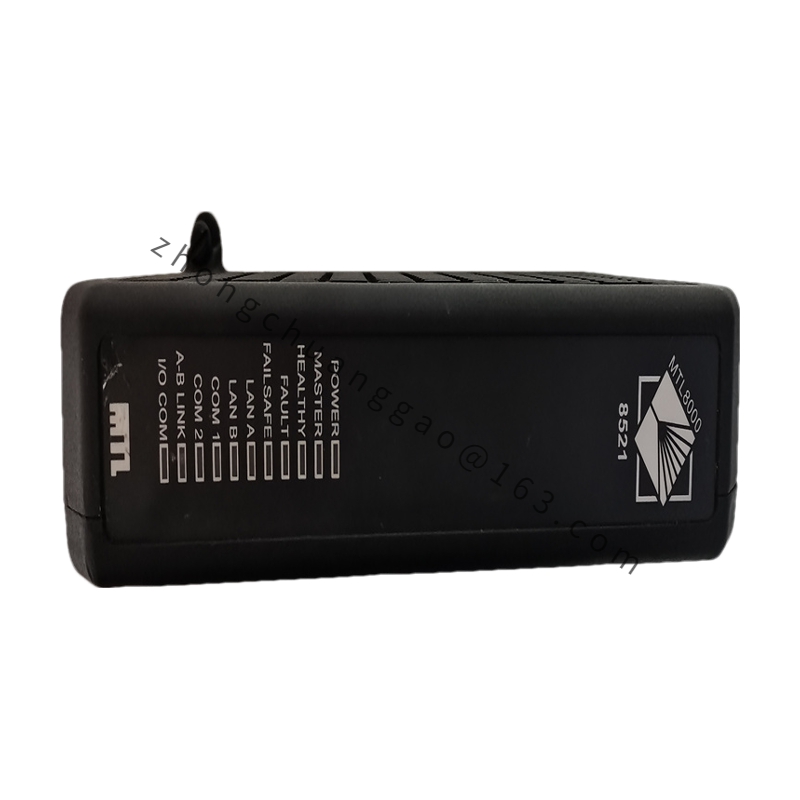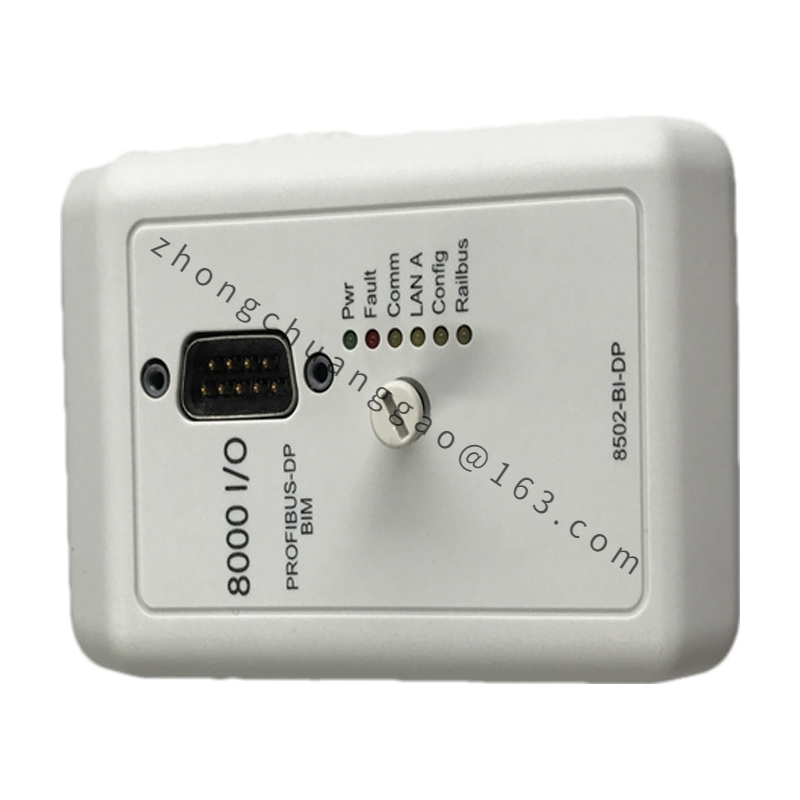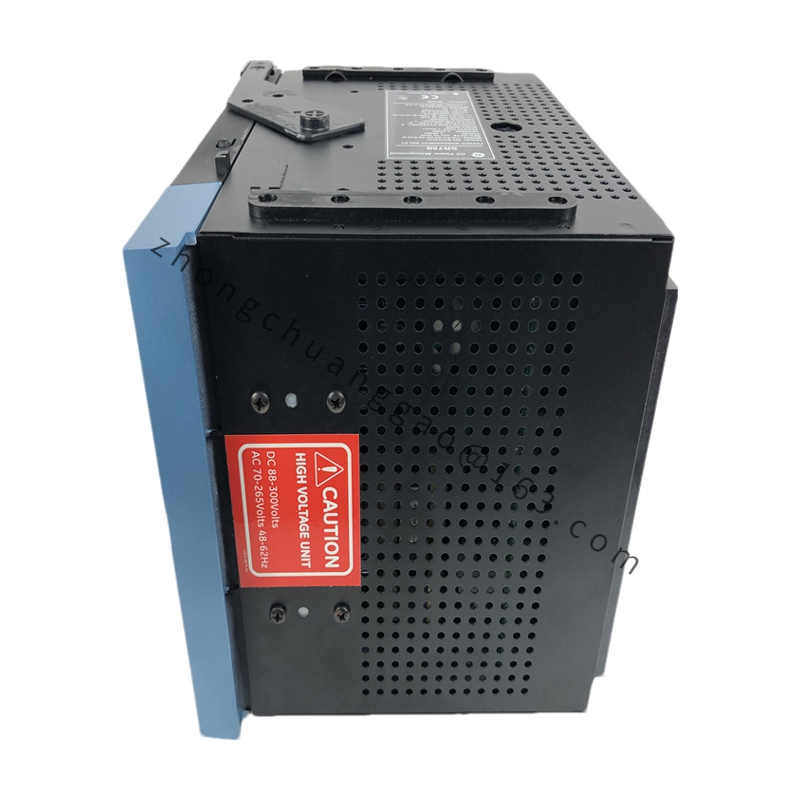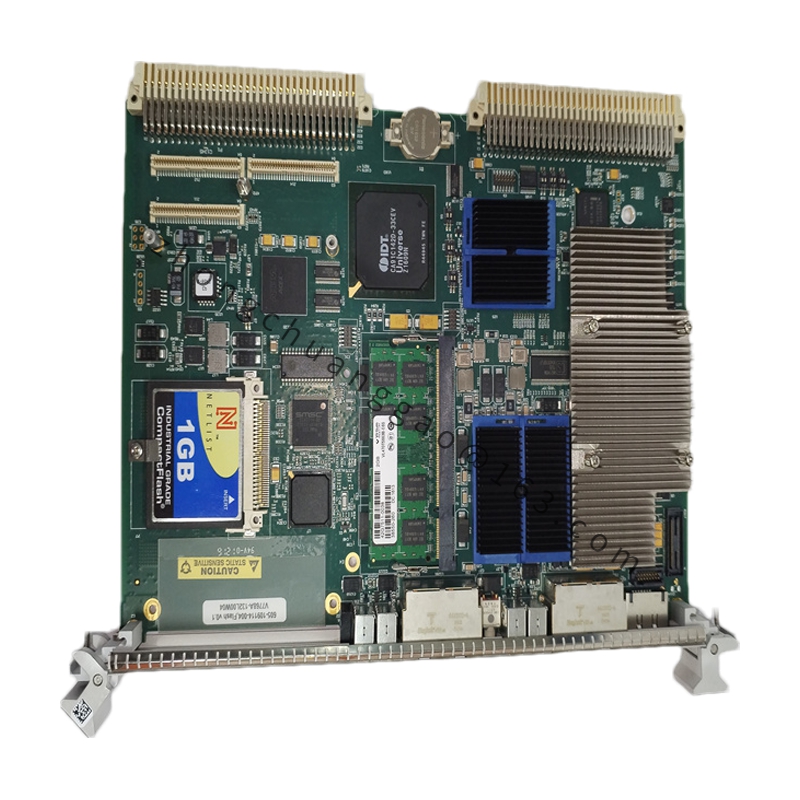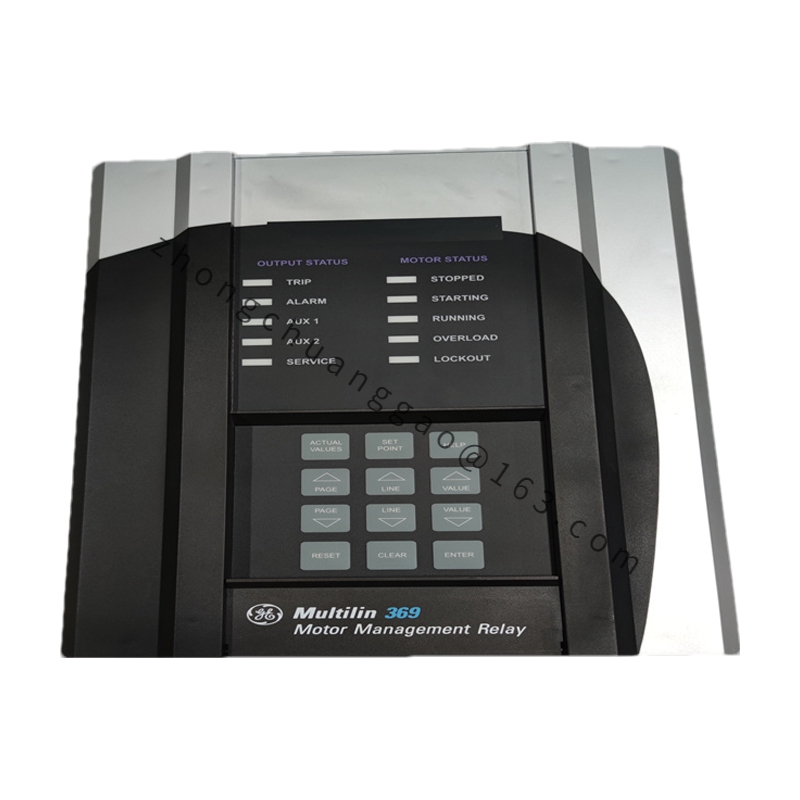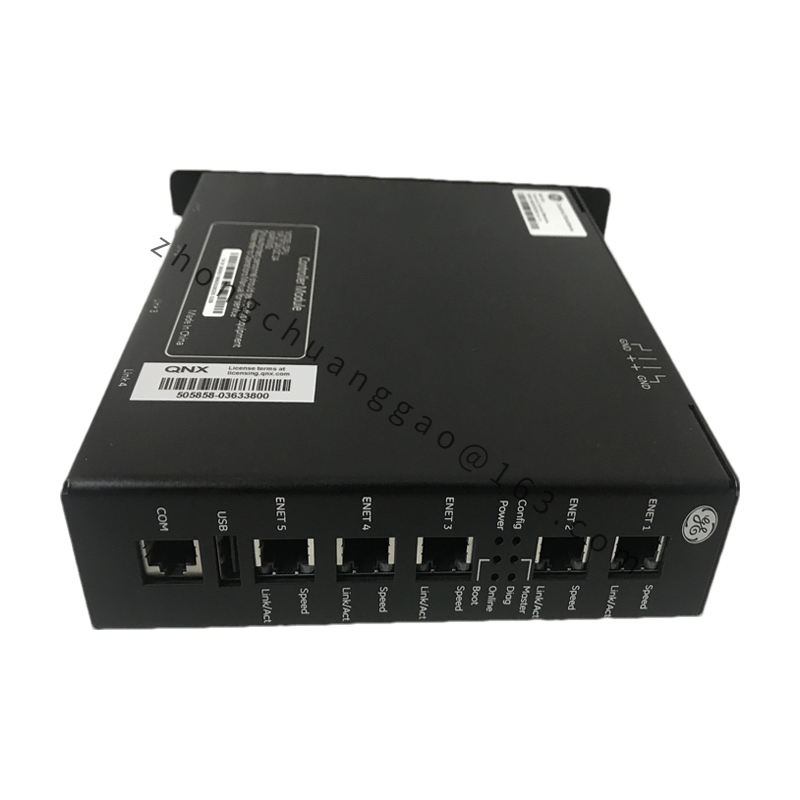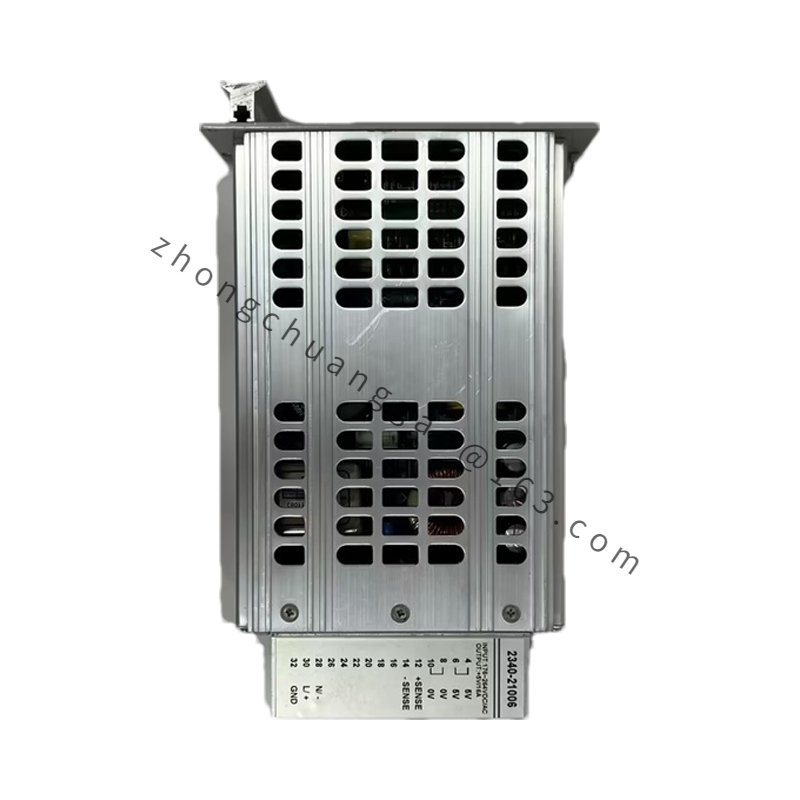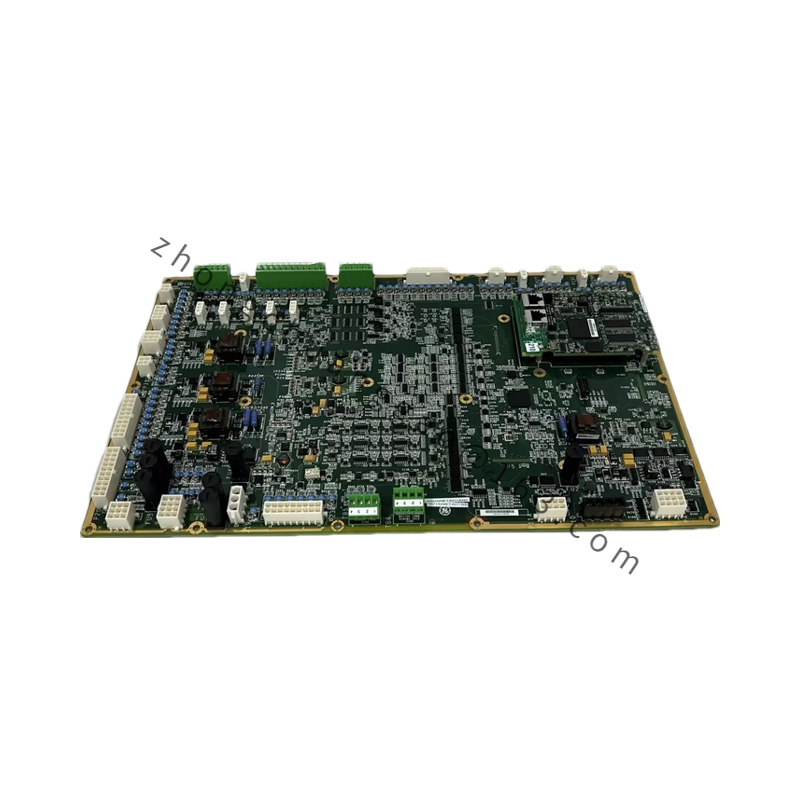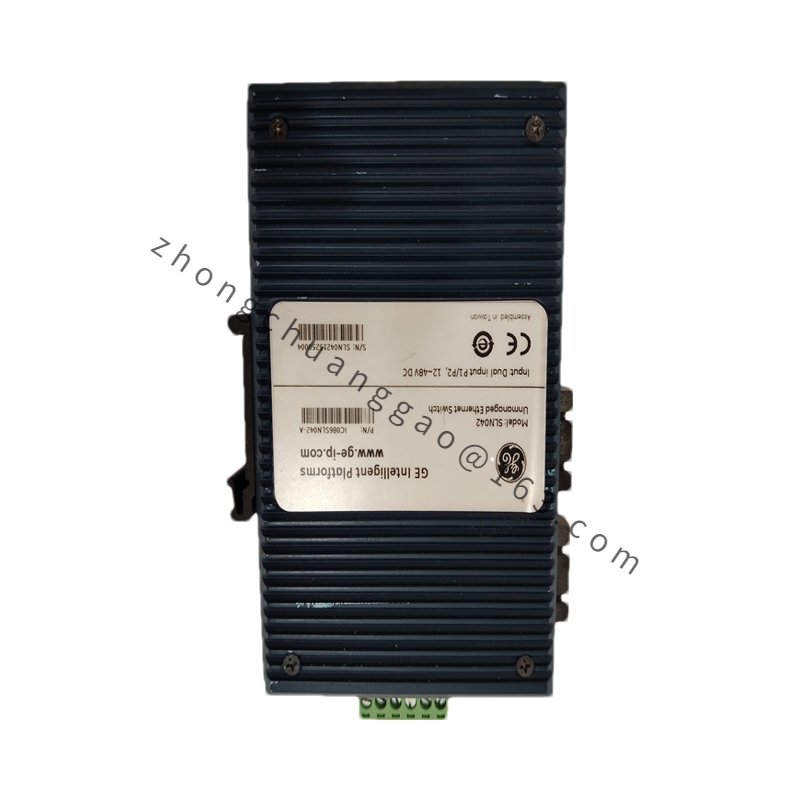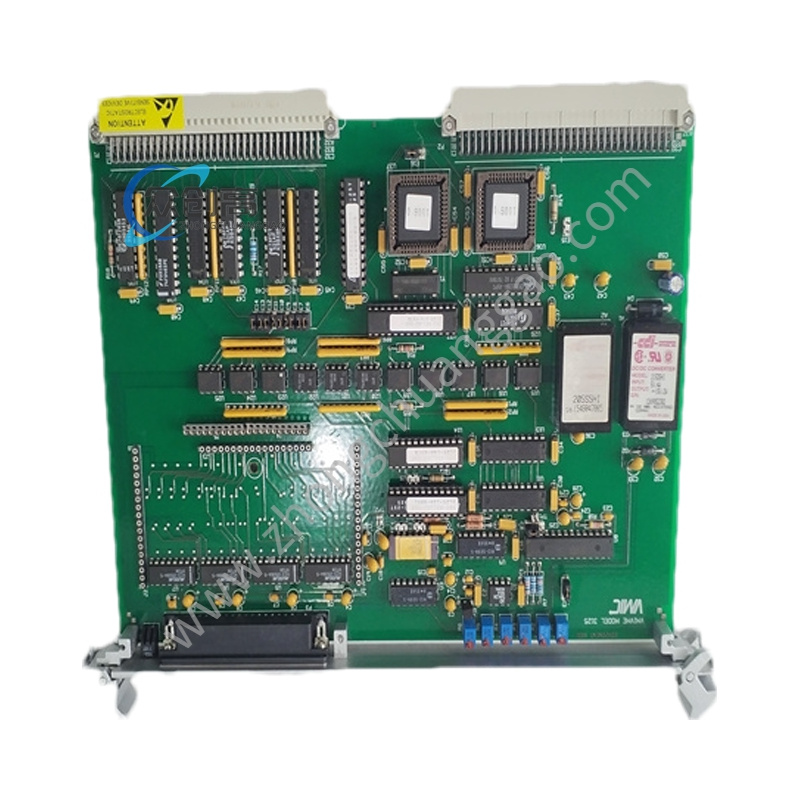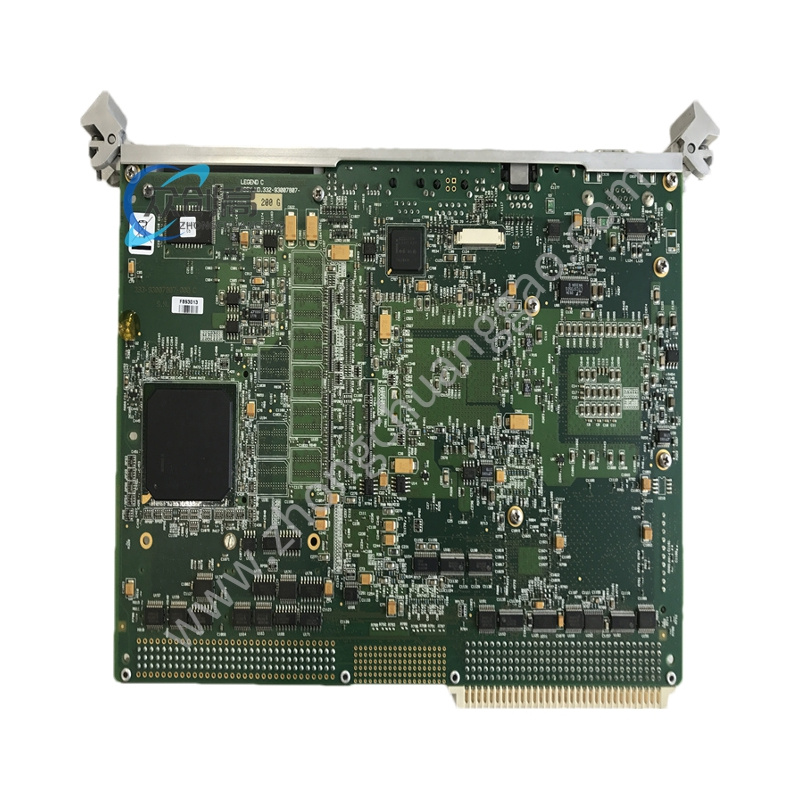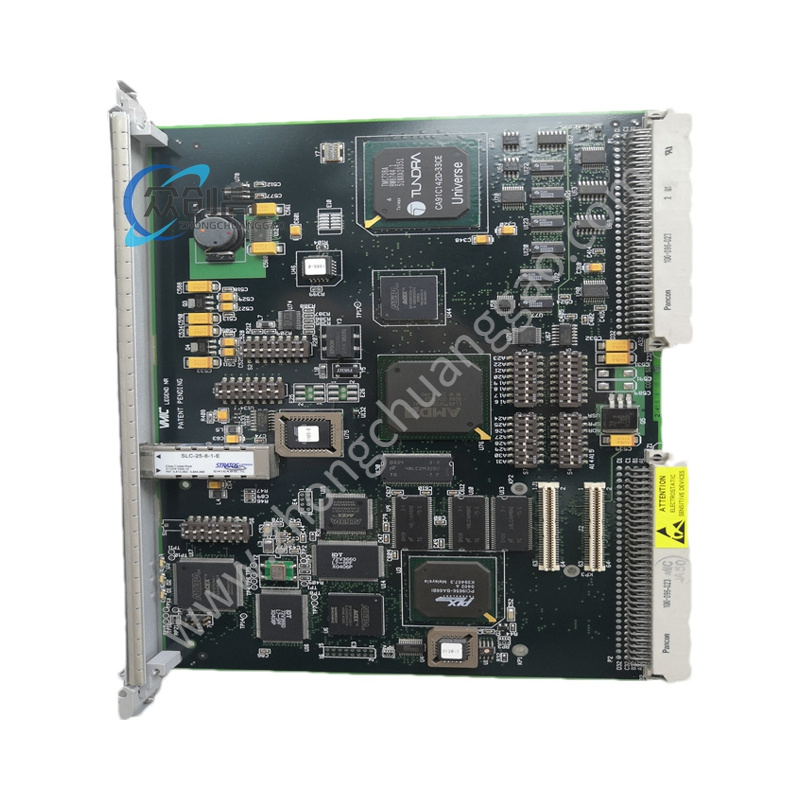Detailed content
Memory:
User Memory (Total): 240KB (245,760 bytes)
RAM and Flash Storage
Scanning Rate: 0.15 milliseconds per 1K logic (Boolean contacts)
Ethernet Capabilities:
Built-in Ethernet Communication: 10/100 base-T/TX Ethernet switch
Number of Ethernet Ports: Two, with auto-sensing 10/100baseT/TX ports
RJ-45 Connections
Protocols Supported: SRTP and Ethernet Global Data (EGD)
Serial Communication: RS-485 port supporting SNP and SNPX protocols
Power Requirements: 5V DC
Power Consumption: 7.4W
Operating Temperature: 0°C to 60°C (32°F to 140°F)
Storage Temperature: -40°C to +85°C
Weight: 1.81 kg
Agency Approvals: UL508, C-UL (Class I, Div 2, Groups A, B, C, D), CE Mark
Functional Characteristics
Programming Flexibility: Supports multiple programming languages such as Ladder Logic, Structured Text, etc., allowing for customized logic programming based on application needs.
Communication Interface: Offers a variety of communication interfaces, including Ethernet, serial ports, and potentially other protocols like Profibus, enabling seamless data exchange with other devices and systems.
Real-time Monitoring: Provides real-time monitoring capabilities, allowing users to track input/output signals and control program status.
High Reliability: Designed for robust performance and stability, ensuring reliable operation in harsh industrial environments.
Modularity: May feature a modular design that simplifies installation, maintenance, and upgrades.
Data Storage: Capable of storing control logic, parameters, and historical data.
Programming Software: Compatible with GE Fanuc’s programming software, such as Proficy Machine Edition or Logicmaster, for easy programming and configuration.
Application Scenarios
Industrial Control and Automation: The IC693CPU374 is ideal for a wide range of industrial control and automation applications, including but not limited to manufacturing, automated production lines, process control, water treatment, and power generation.
Machine Control: Used in various machinery and equipment to automate control processes, improve efficiency, and reduce downtime.
Monitoring Systems: Deployed in monitoring systems for real-time tracking of process variables and system statuses.

